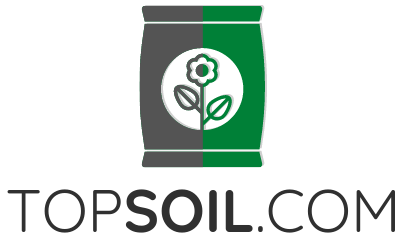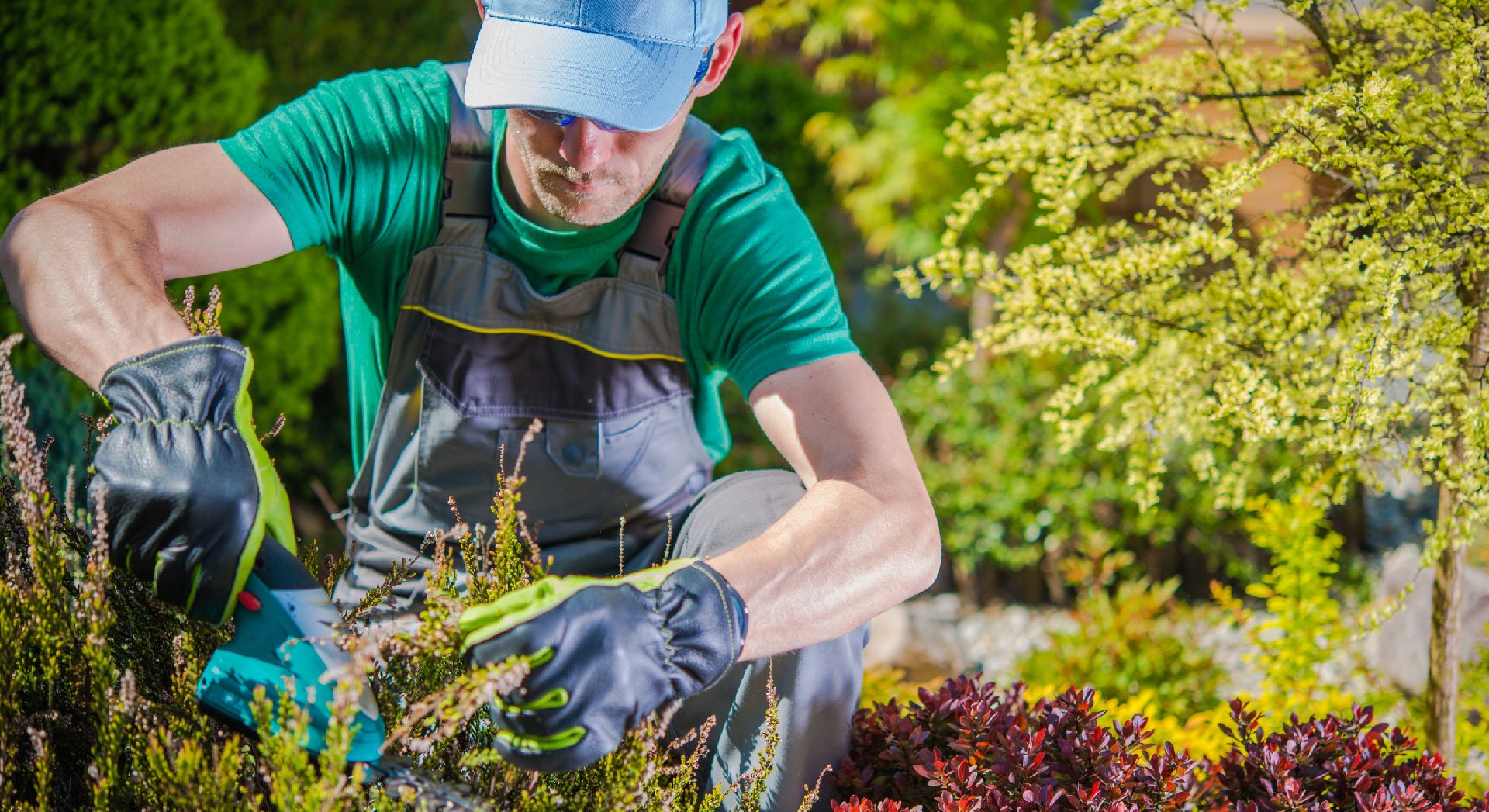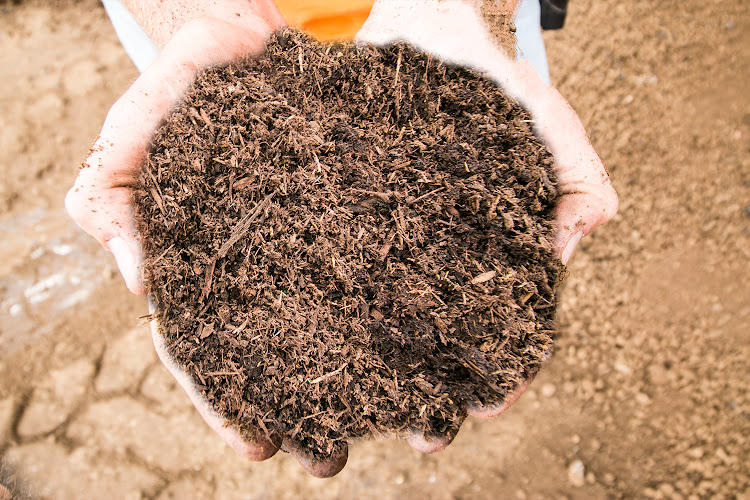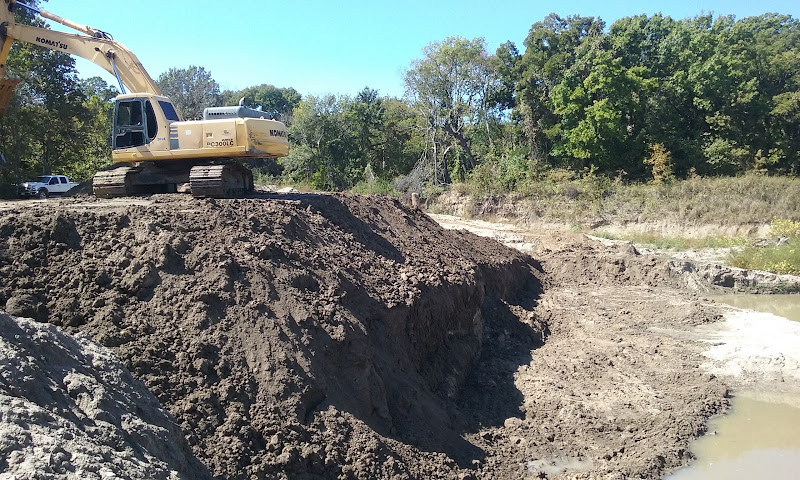Buying good topsoil
Good topsoil is the foundation of any healthy and vibrant garden or landscape. It is a vital resource for the growth and nutrition of plants, as well as for the preservation of biodiversity in the soil ecosystem. But what exactly does good topsoil look like? In this article, we will explore the characteristics of high-quality topsoil and how to identify it.
Texture
The texture is one of the most important indicators of good topsoil. The ideal texture for topsoil is a combination of sand, silt, and clay in balanced proportions. This is commonly known as loam soil. Loam soil is the perfect texture for growing most plants because it allows for good drainage while also retaining enough moisture and nutrients for plant roots to thrive.
You can test the texture of your soil by taking a handful of damp soil and squeezing it. If it holds its shape but crumbles easily when you touch it, it is likely to be loam soil. On the other hand, if it feels very sticky and clumpy, it probably has too much clay. If it feels gritty and falls apart instantly, it has too much sand.
Color
Color is another important factor in determining the quality of topsoil. Good topsoil should be dark brown or black in color, which indicates the presence of organic matter. The more organic matter there is in the soil, the more nutrients it contains. Organic matter also improves soil structure, making it easier for roots to penetrate and grow.
If your topsoil is pale or yellowish, it may be lacking in organic matter. This can be remedied by adding compost or other organic materials to the soil. However, if your soil is very dark or black, it may be waterlogged or too heavy in organic matter, which can cause problems for plants.
Smell
Good topsoil should have a pleasant earthy smell. This is another indication of the presence of organic matter in the soil. If your soil smells sour or musty, it may be too wet or compacted, which can lead to poor drainage and root rot.
Structure
The structure of topsoil is also important for plant growth. Good topsoil should be loose and crumbly, allowing for the circulation of air and water. This creates a healthy environment for soil microorganisms, which break down organic matter and release nutrients for plants.
To test the structure of your topsoil, try digging a small hole and examining the soil profile. Look for distinct layers or horizons, which indicate healthy soil structure. If the soil is compacted or hard, it may need to be amended with organic matter or loosened with a garden fork or tiller.
pH Level
The pH level of topsoil is another important factor in determining its quality. The ideal pH range for most plants is between 6.0 and 7.0, which is slightly acidic to neutral. If your soil is too acidic or alkaline, it can affect the availability of nutrients for plants.
You can test the pH level of your soil with a home testing kit or by sending a sample to a soil testing laboratory. If your soil is too acidic, you can amend it with lime to raise the pH. If it is too alkaline, you can add sulfur to lower the pH.
Conclusion
Good topsoil is the foundation of healthy and productive gardens and landscapes. It should have a balanced texture, dark color, pleasant smell, loose structure, and an ideal pH level. By testing and improving the quality of your topsoil, you can ensure that your plants have the best possible growing conditions and that your soil ecosystem remains healthy and vibrant over the long term.





